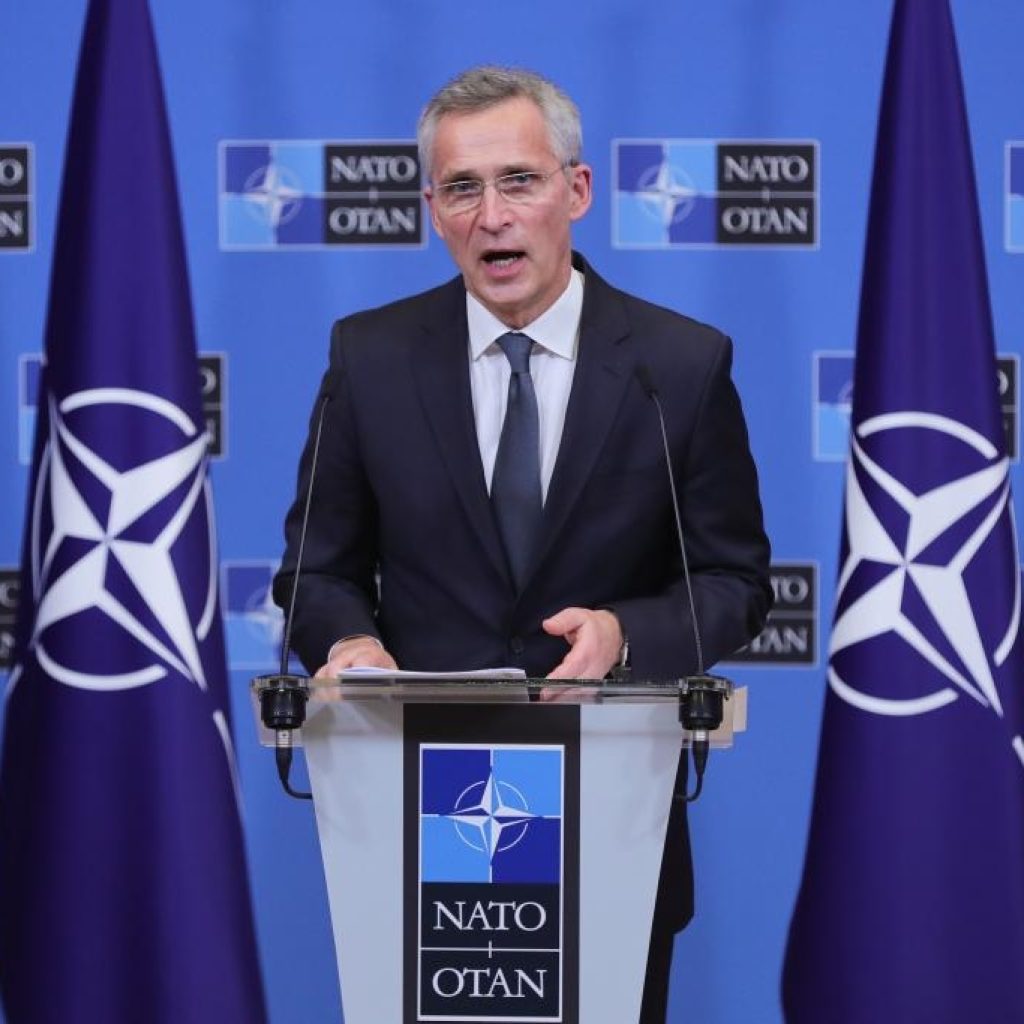Ukraine’s tank numbers are estimated to have increased because of the number it has captured and supplies of Soviet-era tanks from its western allies…reports Asian Lite News
Russia’s army is estimated to have lost nearly 40 per cent of its prewar fleet of tanks after the almost year-long of fighting in Ukraine, according to a count by the specialist think-tank, the International Institute of Strategic Studies (IISS), according to a media report.
That rises to as much as 50 per cent for some of the key tanks used in combat, forcing Russia to reach into its still sizeable cold war-era stocks, The Guardian reported.
Ukraine’s tank numbers are estimated to have increased because of the number it has captured and supplies of Soviet-era tanks from its western allies.
John Chipman, the think-tank’s chair, said the war had been “a political and military failure for Russia” highlighting shortcomings in leadership and deficiencies in its munitions, despite Kremlin modernisation efforts, The Guardian reported.
“Russia’s actions over the past year have raised questions not only over the competence of its military and senior military leadership, but also over command cohesion,” he said, launching the IISS’s annual Military Balance audit of the world’s armed forces, The Guardian reported.
The thinktank’s figures are based largely on open source images from drones, satellites and on the battlefield, running from the beginning of the war to the end of November, although the conflict means numbers can only be estimated.
Its headline count is that Russia’s number of tanks in its army have reduced by 38 per cent from 2,927 to 1,800, while there have been particularly heavy losses of its workhorse T-72B3, an upgrade first delivered to its army in 2013.
Heavy losses on the battlefield have meant that Russia had lost “around 50 per cent of its pre invasion fleet” of the tank and a related variant, Chipman said, and slow industrial production was “forcing Moscow to rely on its older stored weapons as attrition replacements”.
Russian overoptimism meant that it suffered heavy tank losses at the beginning of the war, particularly in the abortive attack on Kiev, where large numbers of tanks and armoured vehicles moving in a convoy were destroyed on roads north of the capital. Many others were captured or towed off by tractors as the assault failed, The Guardian reported.
NATO chief urges bigger defence budgets
The member states of the North Atlantic Treaty Organization (NATO) should commit to spending at least 2 per cent of their gross domestic product (GDP) on defence by next year, the alliance’s Secretary General Jens Stoltenberg said.
He was addressing journalists following a NATO defence ministers’ meeting here to address key issues for their security.

“More countries are now spending at least two per cent of their GDP on defence. And 2022 was the eighth consecutive year of increased defence spending by European allies and Canada. With an additional investment of $350 billion, this trend is expected to continue this year. But more needs to be done,” he said.
NATO allies agreed in 2014 to move toward spending 2 per cent of their GDP on defence by 2024.
He said the allies had agreed on the need to work hand-in-hand with the defence industry to ramp up industrial capacity because Ukraine, to which they were providing unprecedented support, was “consuming an enormous quantity of allied ammunition and depleting our stockpiles”.
He said the ministers had also discussed the security of critical undersea infrastructure following the sabotage of the Nord Stream pipelines.
He announced the establishment of a Critical Undersea Infrastructure Coordination Cell within the NATO headquarters.
The US Navy has been accused in press reports of involvement in last September’s attacks on the Nord Stream gas pipelines in the Swedish and Danish exclusive economic zones under the Baltic Sea, which were built to transport natural gas from Russia to Germany.
US investigative journalist Seymour Hersh alleged in recent days that US Navy divers detonated explosives under the pipelines during the Baltic Operations 2022 NATO maritime exercise.

